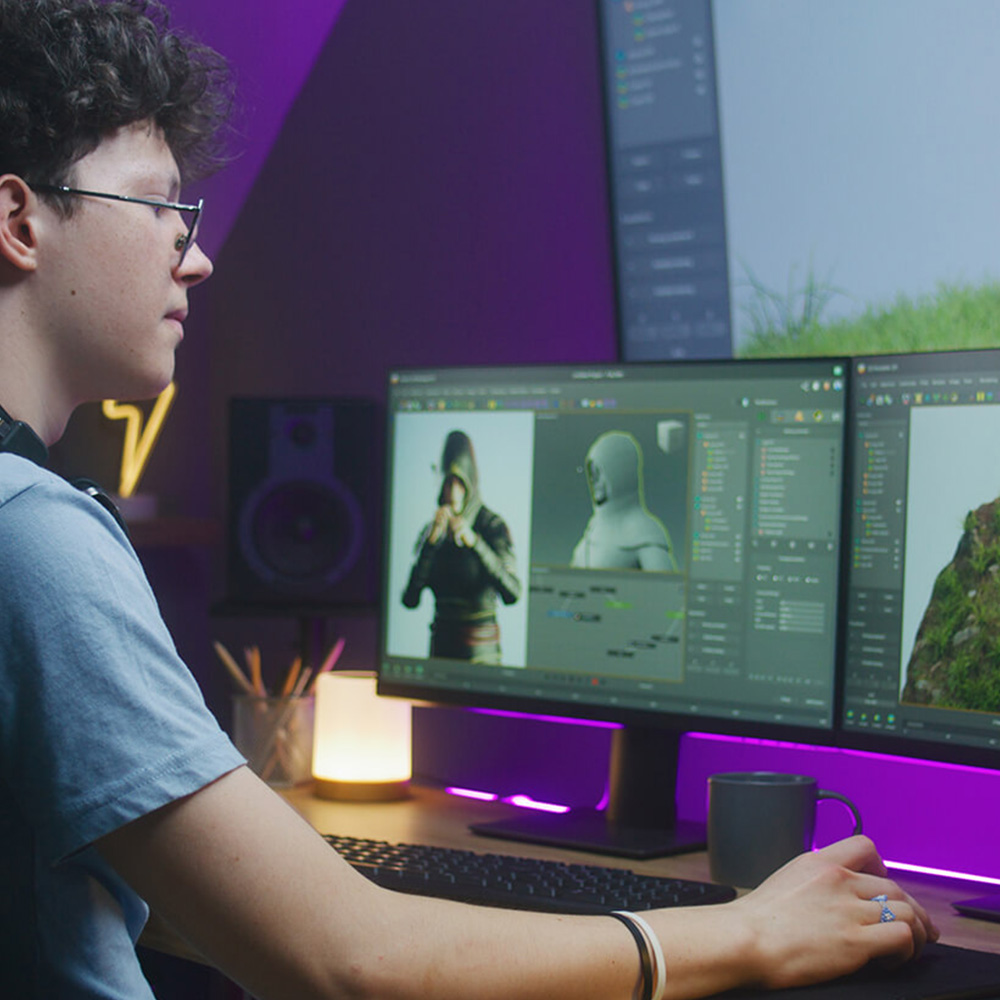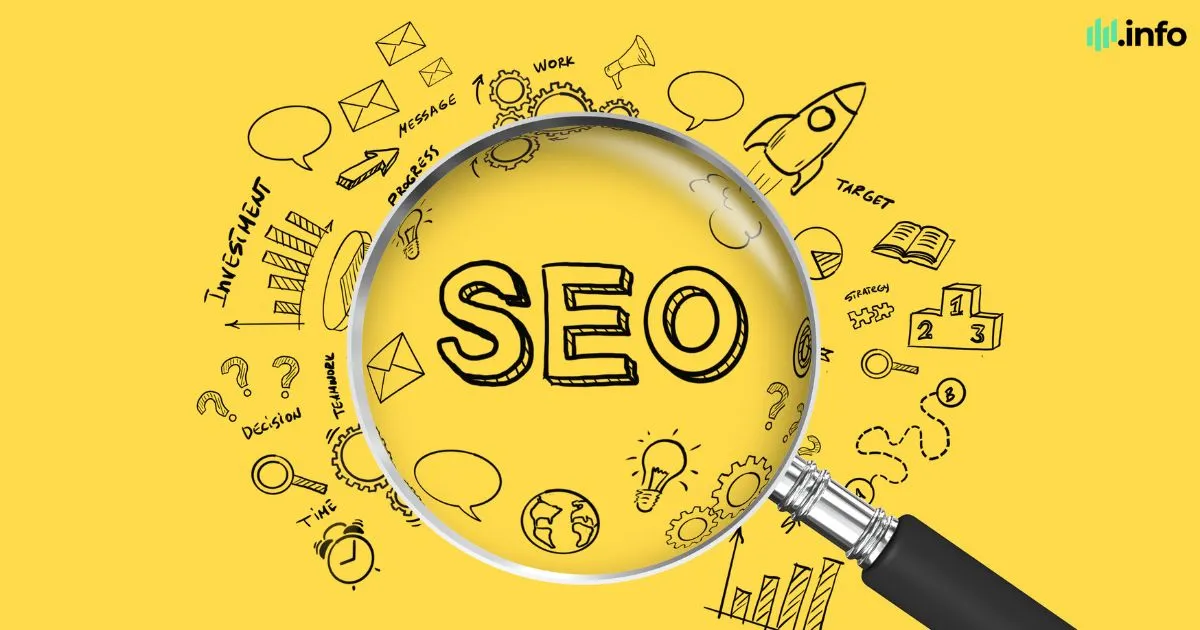Generative Engine Optimization (GEO): The Future of SEO with AI
Generative Engine Optimization (GEO) is an emerging SEO strategy that optimizes content for AI-powered search engines (like Google’s SGE, Bing Chat, or Perplexity) that generate dynamic, conversational answers instead of just listing traditional web links.
As AI chatbots and search engines increasingly provide instant, summarized answers, GEO ensures your content is selected as a source for these AI-generated responses—driving visibility and traffic in the age of AI search.
How Does Generative Engine Optimization Work?
Unlike traditional SEO (which ranks web pages), GEO focuses on making content AI-friendly so that generative engines:
✅ Cite your website as a trusted source.
✅ Pull key information from your content for AI answers.
✅ Drive referral traffic even if users don’t click links.
Key Differences: GEO vs. Traditional SEO
| Factor | Traditional SEO | Generative Engine Optimization (GEO) |
|---|---|---|
| Goal | Rank #1 on Google | Be cited in AI-generated answers |
| Content Type | Keyword-focused | Structured, authoritative, concise |
| Format | Long-form blogs | FAQs, bullet points, data-driven |
| Traffic Source | Organic clicks | AI citations & indirect referrals |
GEO vs. Traditional SEO:
| Feature | Traditional SEO | Generative Engine Optimization (GEO) |
|---|---|---|
| Target | Search engines (Google, Bing) | AI models (ChatGPT, Gemini, Claude) |
| Goal | Rank high in SERPs | Be cited in AI-generated answers |
| Content | Keyword-focused | Contextual, structured, authoritative |
| Metrics | Clicks, impressions | Citations in AI outputs, source attribution |
Key Aspects of Generative Engine Optimization:
-
AI-Friendly Content Structuring
-
Clear, concise, and well-organized information improves the chances of AI models extracting and using your content.
-
Use bullet points, headers, and structured data (schema markup) for better machine understanding.
-
-
Authoritative & Trustworthy Sources
-
AI models prioritize credible sources (e.g., established websites, academic papers, authoritative blogs).
-
Citations, references, and backlinks from reputable sites enhance visibility in AI-generated responses.
-
-
Semantic & Contextual Relevance
-
AI models understand context, so covering topics comprehensively (with related subtopics) increases the likelihood of being cited.
-
Natural language processing (NLP) techniques help align with how AI interprets queries.
-
-
Optimizing for Featured Snippets & Direct Answers
-
Many AI tools pull from featured snippets or “People Also Ask” sections in traditional search engines.
-
Providing concise, direct answers to common questions improves inclusion in AI responses.
-
-
Engagement & User Signals
-
High user engagement (time on page, low bounce rates) may indirectly signal quality to AI models.
-
Social shares and backlinks can reinforce authority.
-
-
Adapting to Zero-Click Search & AI Summaries
-
Since AI often summarizes content, ensure key points are easily extractable.
-
Consider creating FAQs, summaries, or TL;DR sections for better AI parsing.
-
Why GEO Matters Now:
-
With the rise of AI chatbots and search assistants (like ChatGPT’s Browse Mode), users get answers directly from AI instead of clicking links.
-
Traditional SEO may become less effective if AI-generated responses reduce traffic to websites.
-
Early adopters of GEO can gain an advantage as AI-driven search grows.
How to Implement GEO:
✅ Write for AI & Humans – Balance readability with machine-friendly formatting.
✅ Become a Trusted Source – Publish well-researched, referenced content.
✅ Optimize for Semantic Search – Cover topics in-depth with related keywords.
✅ Use Structured Data – Help AI understand your content better.
✅ Monitor AI Citations – Check if AI tools reference your content and refine accordingly.
As AI-powered search evolves, GEO will likely become a critical part of digital marketing strategies alongside traditional SEO. Would you like help applying GEO to your content? 🚀





